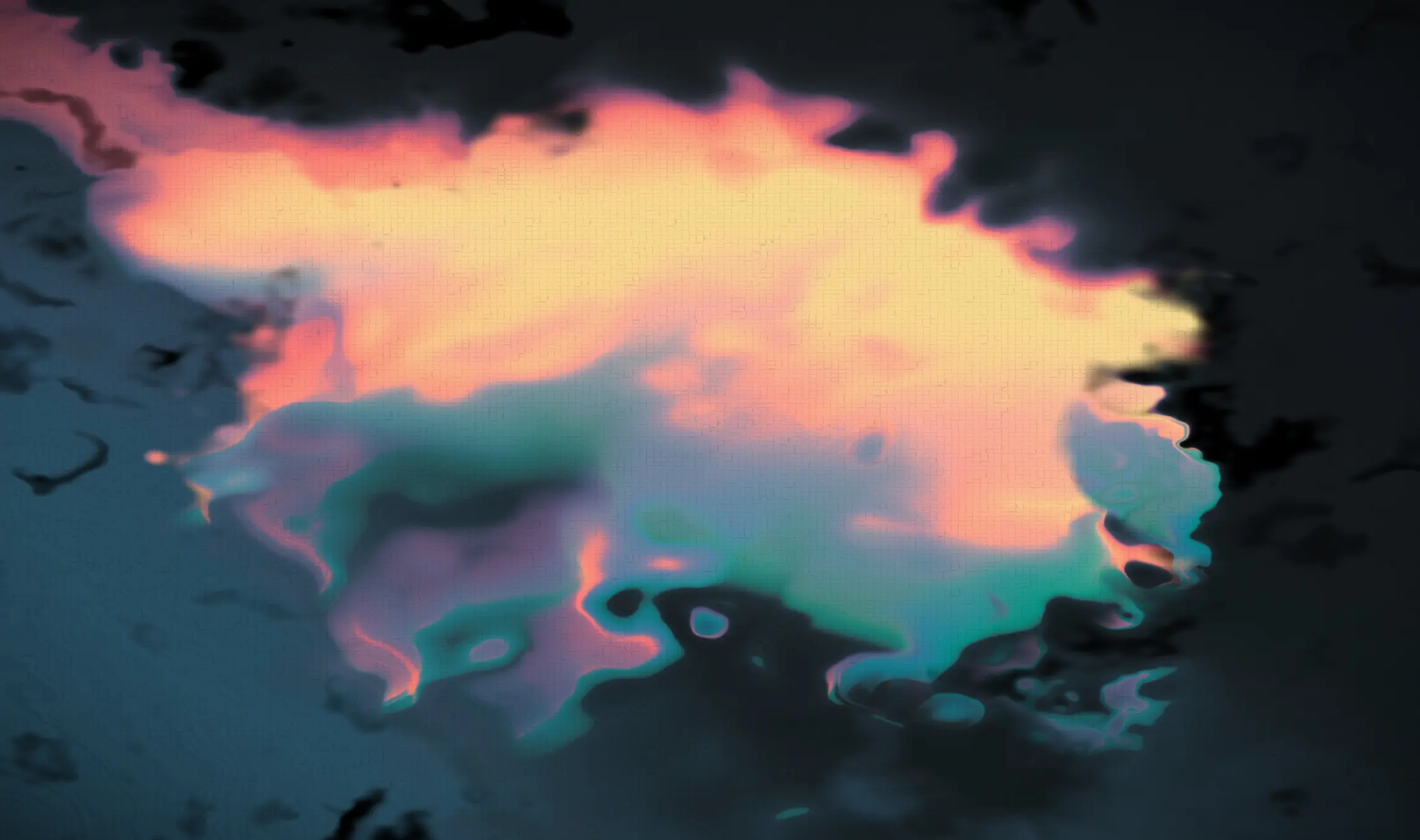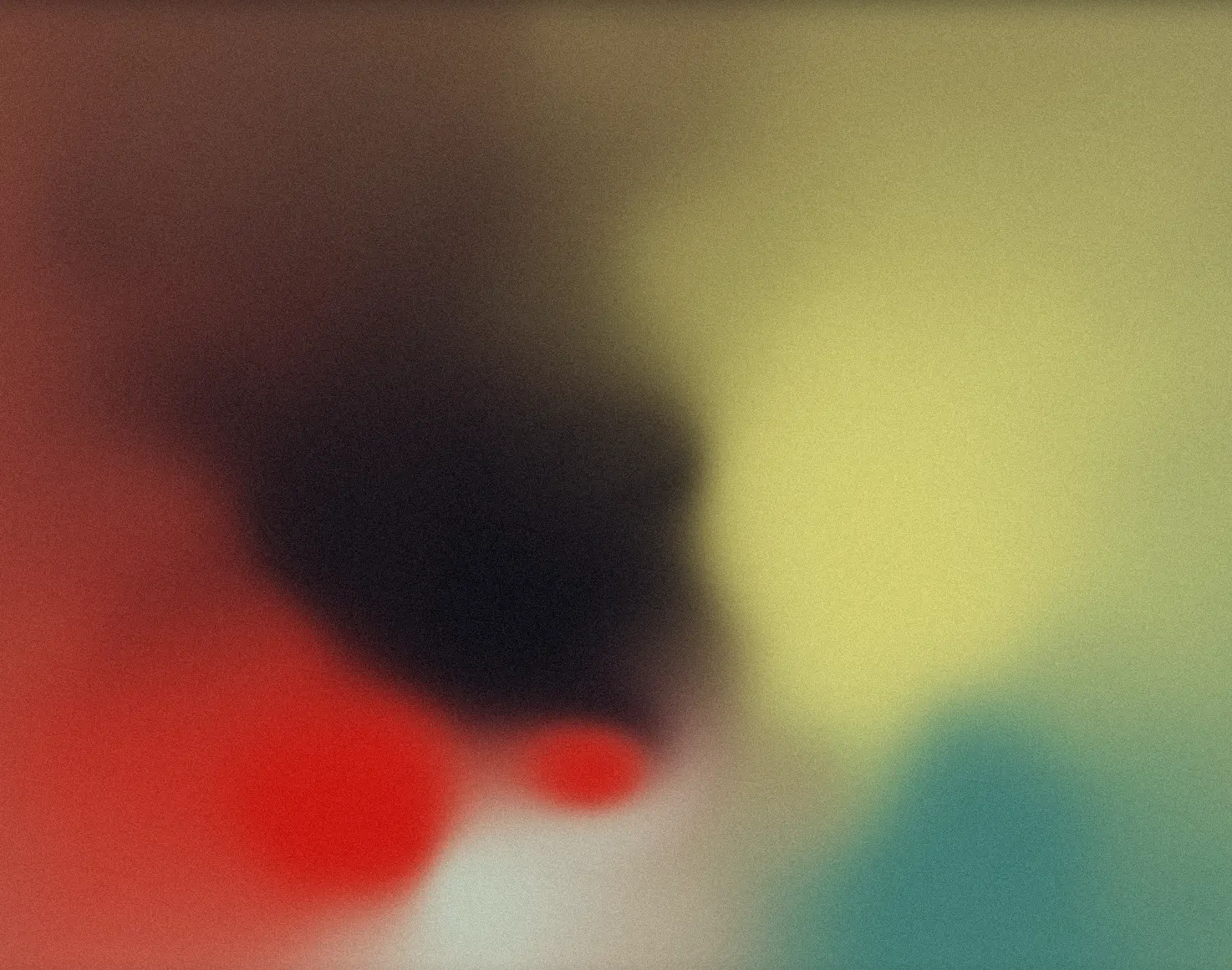The techniques that stay
You learn a lot of techniques when working with shaders. Some become your go-to tools and others you forget about entirely (or at least, until you need them again!).
What makes the difference? After years of learning, using, and sometimes abandoning techniques, I've noticed patterns. It's hard to tell which will stick and which will fade, but here's what makes techniques memorable:
1. They solve actual problems
The techniques that stick solve problems you face regularly. Not theoretical problems; real ones.
In a lot of the work I do, I like creating repeating patterns and manipulating them in different ways. Domain Repetition is one that really sticks for me, because I use it all the time.

Way back when I first started messing with creative coding and just feeling my way around how things worked, just that simple use of fract to create a repeating pattern was a game changer. It made a lasting impression on me because it was so simple and solved my problem so effectively.
When something works for your actual workflow, you remember it.
2. Simple beats clever
The simplest solution wins pretty much every time.
The simple techniques with clear inputs and outputs or that are easy to apply stick around because you can use them without looking up documentation. Complex math-heavy techniques might be impressive on paper, but if you can't remember how to use them when inspiration strikes, they're not helping you create.
3. They combine well with other techniques
The best techniques play nicely with others.
One of the philosophies I have for all of Fragments is that techniques should be composable. This means that the techniques I want to show are ones that you can take all or part of and combine them with other techniques to create something unique.
Good techniques become building blocks. You use them together. They create new possibilities when combined.

The techniques I use most often are the ones that work with my other go-to methods. One of my favourites is using Procedural Color Palettes to create a gradient that I can then use with all sorts of different techniques to create things with incredibly different looks.
4. Immediate visual feedback
You remember techniques that give instant, satisfying results.
When you can see what's happening right away, the technique sticks. The techniques that give you that heck yeah, that's rad! moment stay with you.
Whenever I think of that moment, I always think of Raymarching. It does take a little bit of setup, but once you get it working and start messing with SDF operations, you can get these impossible shapes that you build just with a few lines of code. It's pretty magical.
5. They match your style
This is the biggest one for me, and it tends to be the most subjective: Techniques that match your aesthetic stick.
Your go-to techniques usually align with what you're trying to create. It might be why I keep coming back to Mesh Gradients over and over again.

For example, I've learned to use dozens of different types of Noise Functions, but I only use a couple regularly because they tend to match a particular style I like.
Things you use might not be the most efficient or the most technically impressive, but if they match your style and you use them regularly, they'll stick.
Techniques that feel like you become part of your toolkit.
6. They have clear use cases
Techniques with obvious when to use this moments stick.
When you can immediately think this is perfect for X situation, you'll remember it.
Sometimes I feel like I overuse them, but some of the post-processing techniques like Vignette Pattern and Grain Texture Pattern stick because they're so easy to use and so effective. I'd like to think I use them sparingly, but I can't honestly say that!
Specific beats general in memory.
7. You've used them successfully before
Nothing sticks like success.
When a technique helped you create something you're proud of, you remember it. You'll reach for it again because it worked.
The techniques tied to your wins stay in rotation. They become your secret weapons.
The ones that fade
On the flip side, techniques fade when they're too complicated, too niche, or don't fit your actual workflow.
When something is interesting but not useful, it ends up getting pushed to the back of your mind. Complex techniques with lots of parameters might look impressive, but if you have to think too hard about how to use it, you won't reach for it when you're in flow.
Standalone techniques that don't combine well get left behind. It's a shame because there are things I've found really interesting, but they don't really fit into my workflow.
Some techniques fade because their results are subtle or require tons of tweaking. Others disappear because the use case is vague or theoretical. Techniques that only work in specific situations get forgotten until you need that exact situation again.
You might learn a technique that others find extremely impressive, but if it doesn't fit your visual style or aesthetic preferences, you'll probably stop using it. Most fade simply because there's a simpler alternative that does the same thing.
Why this matters
Understanding why techniques stick helps you build a toolkit that works for you. Focus on techniques that solve real problems, combine well, and match your style.
Don't feel bad about forgetting things - that's normal. Your toolkit should include things you actually use, and that you enjoy using - not everything you've ever learned.
The goal isn't to remember every technique. It's to have the right ones at the right time.
These are the patterns I've noticed in my own work, and they've shaped how I build Fragments.
Fragments is your creative coding toolkit
Fragments contains so many techniques and utilities that I use all the time in my work, and I'm constantly adding more. I've added over 20 new utilities in the last couple of weeks alone. Ranging from post-processing effects to distortion effects, there's something there to help any project.
If you'd like to unlock Fragments and get access to the full collection of 10 techniques, 36 utilities, and 120 sketches with full breakdowns, you can sign up here.